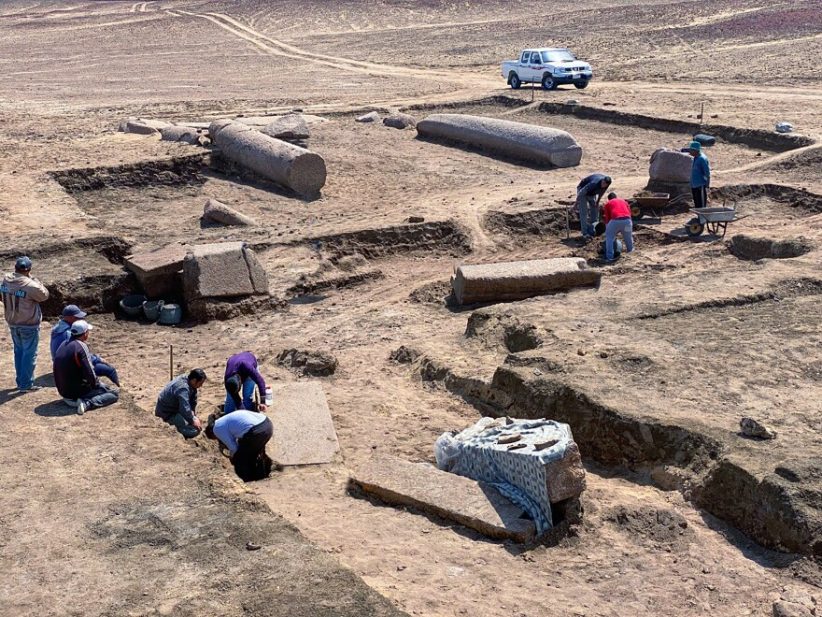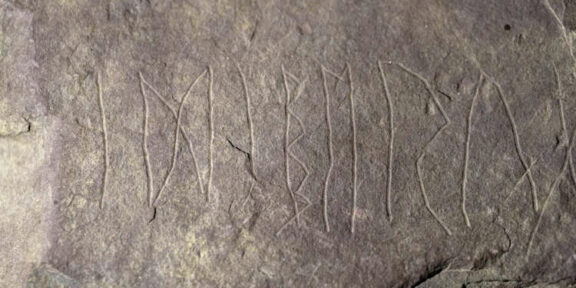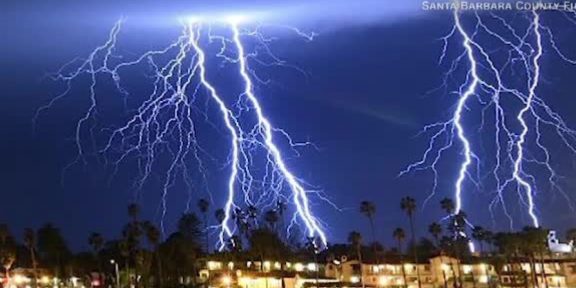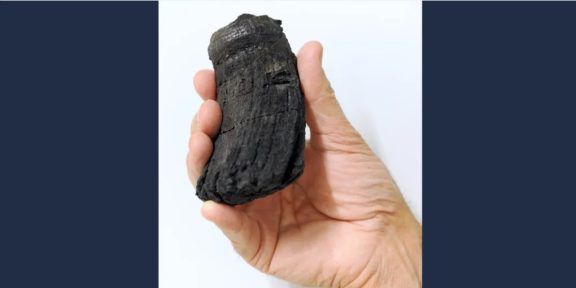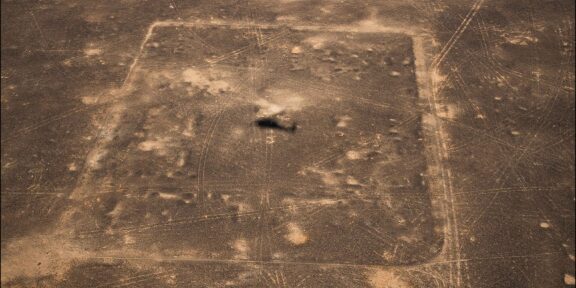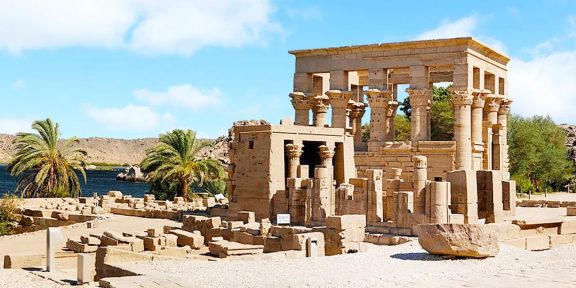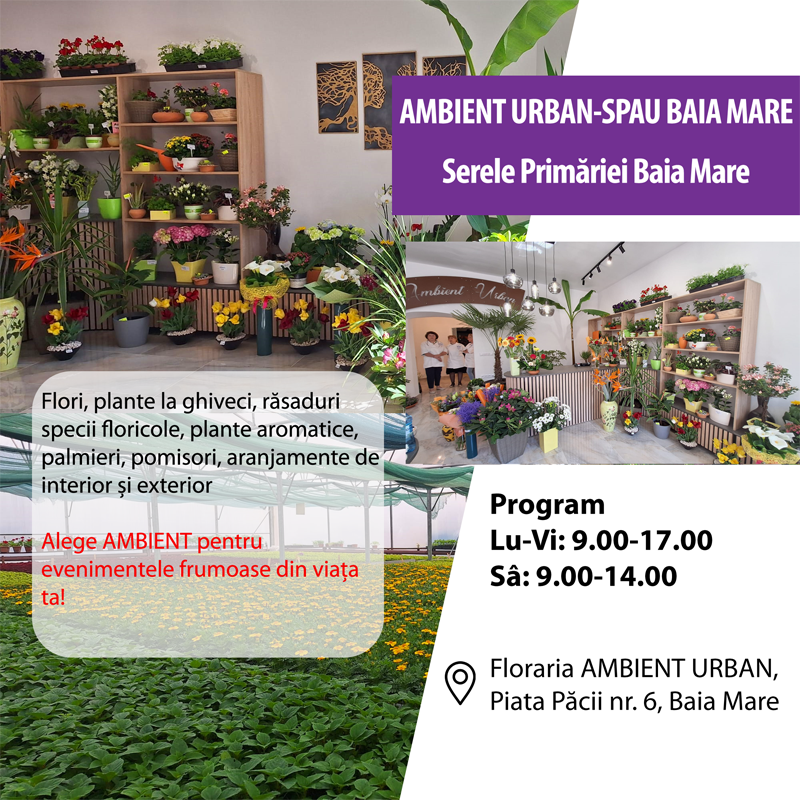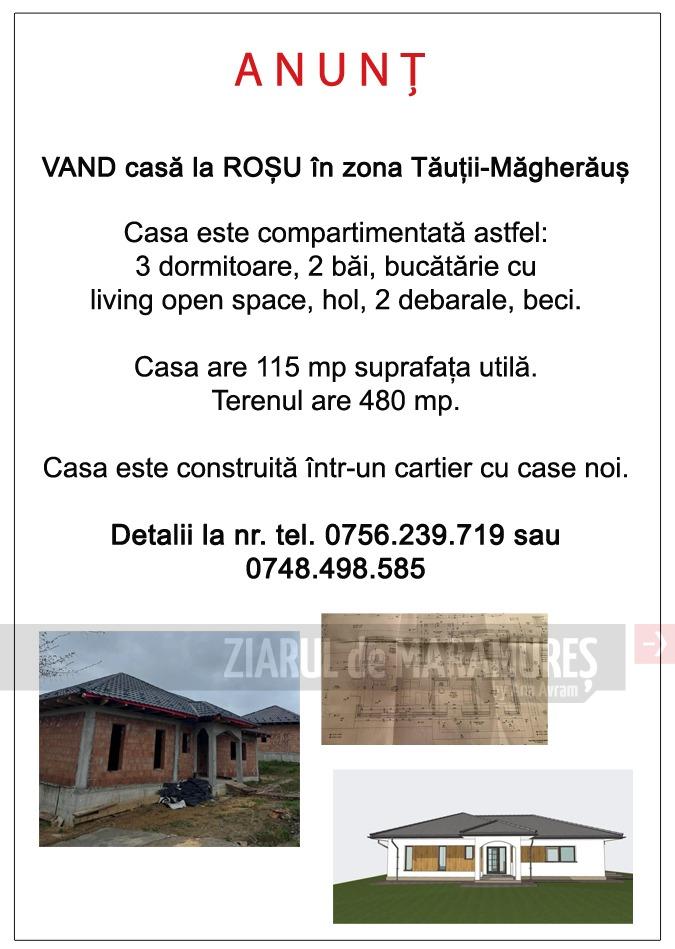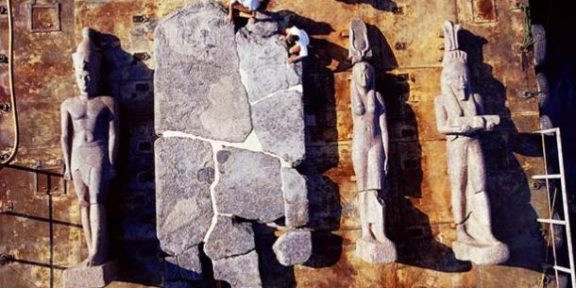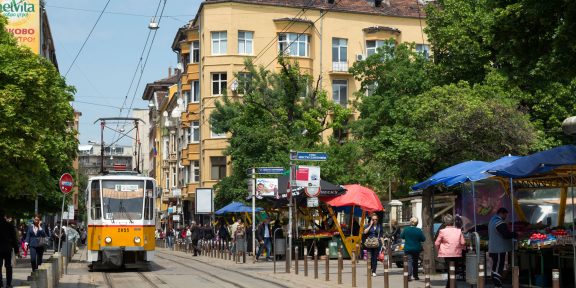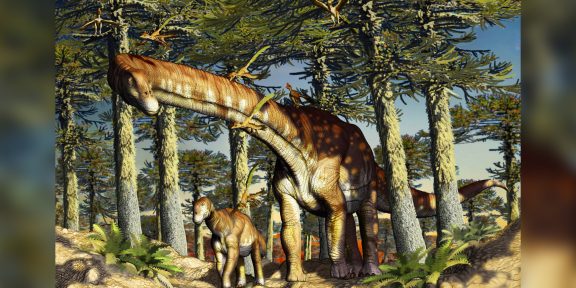Egiptul a anunţat descoperirea rămăşiţelor unui templu greco-roman în nordul Peninsulei Sinai, informează Xinhua și Agerpres.
Ministerul egiptean al Turismului şi Antichităţilor a anunţat într-un comunicat emis luni că o misiune arheologică egipteană a dezgropat rămăşiţele unui templu dedicat lui Zeus în situl Tell el-Farama din nordul Peninsulei Sinai.
Mustafa Waziri, secretarul general al Consiliului Suprem al Antichităţilor din Egipt, a declarat că templul a fost găsit după ce în urma lucrărilor de excavare au fost identificate rămăşiţele unei porţi uriaşe.
Poarta era formată din două coloane de granit roz, fiecare de aproximativ 8 metri înălţime şi 1 metru grosime, şi avea un buiandrug de granit, a adăugat Waziri.
Directorul departamentului pentru antichităţi egiptene din cadrul Consiliului Suprem al Antichităţilor, Ayman Ashmawy, a declarat că templul a fost construit din cărămizi de pământ pe o platformă ridicată.
Perioada greco-romană din Egipt (332 î.e.n. – 395 e.n.) marchează sfârşitul stăpânirii persane.



